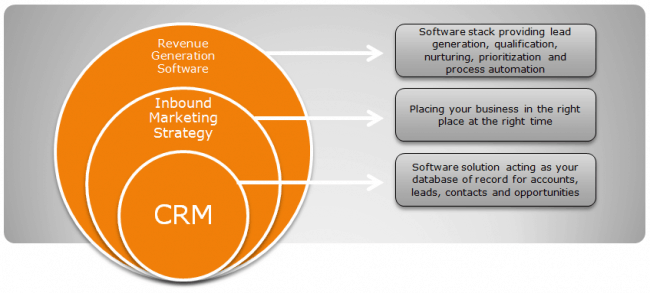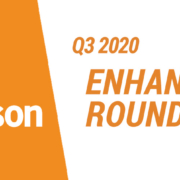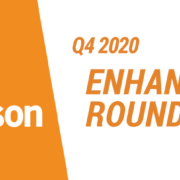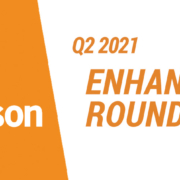The Quintessential Small Business Marketing System
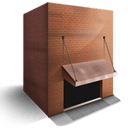 Most micro and small businesses have two things in common; they lack resources and need to grow revenue. In this article we help B2B business with minimal resources understand the building blocks of a small business marketing system necessary to grow revenue.
Most micro and small businesses have two things in common; they lack resources and need to grow revenue. In this article we help B2B business with minimal resources understand the building blocks of a small business marketing system necessary to grow revenue.
A quintessential small business marketing system is made of three components – CRM, inbound marketing and revenue generation software. All three components are cost effective as they run in the “cloud” – meaning they’re accessible through any web browser, based off-premise/off-site and have little to no maintenance costs.
Components of a Small Business Marketing System
First, the core of a small business marketing system is a CRM solution. Lead Liaison uses Salesforce.com as our database of record. It’s an affordable way to help us track accounts (partners, customers, and vendors), leads, contacts and opportunities. Salesforce.com enables our business to stay organized, monitor activity and plan for growth. It’s a nice data repository but unfortunately lacks operational solutions to satisfy our sales and marketing demands – revenue generation software fills this void.
Second, create a marketing presence with at no cost – except for sweat equity. Small businesses need to get noticed without pumping in hundreds of thousands of dollars in outbound marketing campaigns. That means a paradigm shift in how marketing is typically done. It means foregoing trade shows, direct mail and email blasts. Instead, have an inbound marketing strategy to attract interested prospects. But don’t be confused, inbound marketing is very different from outbound marketing. Inbound marketing means developing content and strategy to get found on the internet whereas outbound marketing is very targeted directly towards contacts or individuals. Effectively, inbound marketing is like building a spider web for your business. Develop an inbound marketing strategy by having a consistent presence in social media, blogging and SEO. Create “miniature webs” to catch interested prospects that inevitably end up on your website. To do this, spin up numerous landing pages and web forms on your website – once again, revenue generation software fills this void.
Third, bring in revenue generation software to complement your CRM and capitalize on results of your inbound marketing efforts. Revenue generation software helps businesses overcome resource challenges by automating a number of common sales and marketing tasks. It helps businesses build relationships by creating relevant and timely conversations with prospects and customers, nurturing them through the sales cycle, generating leads and serves as the foundation for your marketing campaigns. It’s the engine of a small business marketing system.
All three ingredients, CRM, inbound marketing and revenue generation software work together to form a cohesive small business marketing system. Content used for inbound marketing can be leveraged and repurposed with revenue generation software while revenue generation software enriches CRM with useful lead qualification criteria.
We’ll gladly help your company build a small business marketing system by coaching you through the process and providing you with best-in-breed revenue generation software. Let us know if we can help!
To be alerted of future posts, please click on the RSS button.

